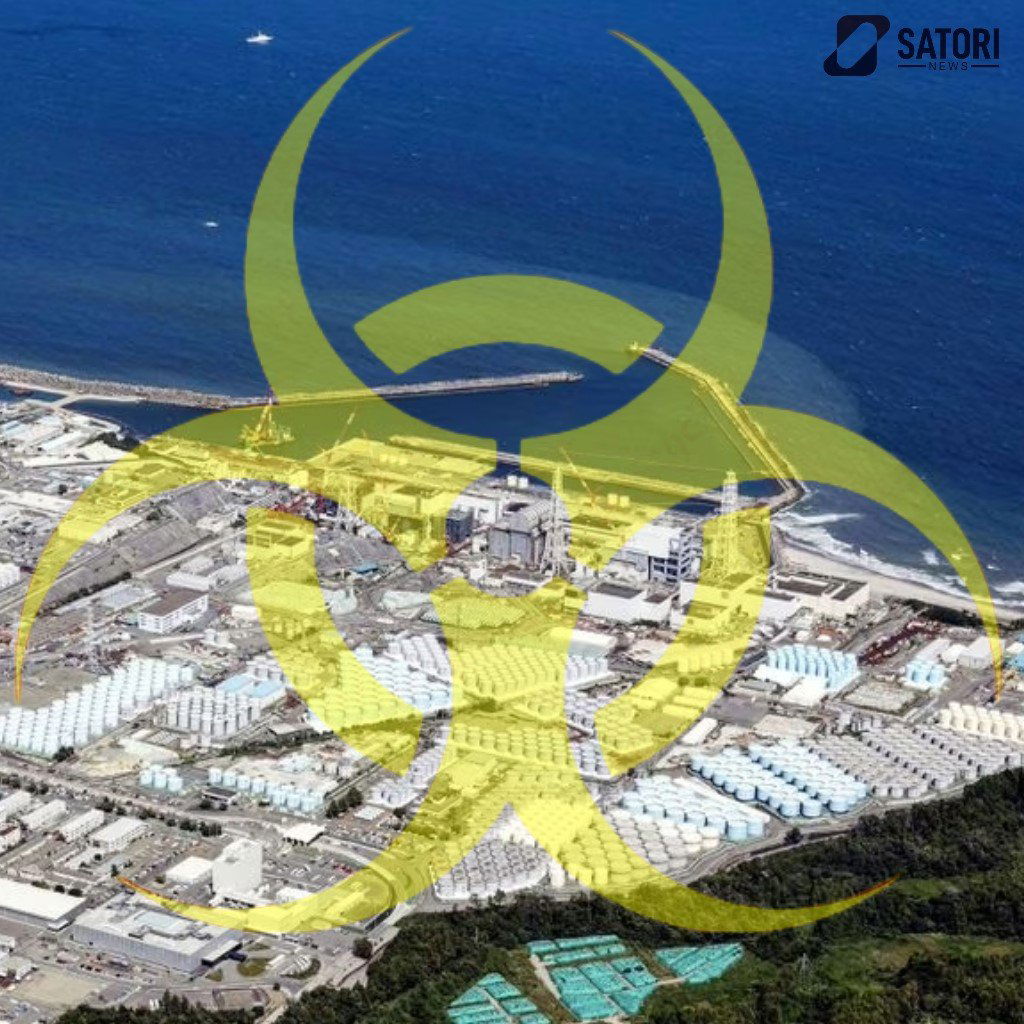Picture: for illustration purposes
"Challenging Path Towards Safe Decommissioning of Fukushima Daiichi Plant"
A second batch of treated water from the Fukushima Daiichi nuclear plant has been released into the Pacific. However, this is only a small step in the complex and lengthy process of decommissioning the entire plant, a task expected to last between 30 to 40 years.
Originally, the Fukushima plant had assumed an important role in the local community; its six reactors contributing significantly to the electricity grid. But everything changed in 2011, when a magnitude 9.0 earthquake culminated in a catastrophic tsunami that hit the plant, disabling the cooling mechanisms and causing radioactive material to leak.
Twelve years later, residents of Namie town are slowly returning. Shinichi Sato, a former teacher at the now-inundated Ukedo elementary school, hopes that the decommission will assure residents of the area's safety and encourage more returnees.
Tokyo Electric Power Company (TEPCO), which operates the Fukushima plant, has faced setbacks due to the accumulation of 1.3 billion tonnes of treated radioactive wastewater. This water, initially used to cool the three reactors in operation during the disaster, is currently impounding valuable space necessary for the decommissioning process.
Despite protests from local fisheries and international neighbours, Japan has initiated the discharge of this treated wastewater into the ocean, following approval from the International Atomic Energy Agency. Japan has yet to resolve issues concerning waste management and the high levels of radiation inside the decommissioned reactors, which pose a significant safety risk to onsite workers.
Moreover, the financial cost of this massive undertaking is estimated to reach a staggering 21.5 trillion yen ($141 billion), driven by compensation payouts, extensive damage, and the need for specialized equipment. With these formidable challenges to overcome, the decommissioning process remains a daunting task but one that holds promise for a safer and revitalized town.










